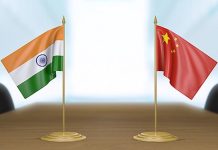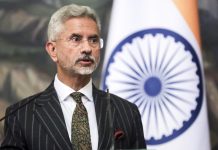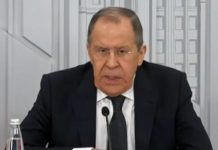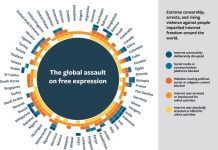The European Union wants to retain its industrial edge and competitiveness in a world shifting more to digital and green products, but has found itself worryingly dependent on others, particularly China for critical minerals.
As geopolitical tensions rise, after Russia’s invasion of Ukraine and with a U.S.-China standoff, risk is a key word for the 27-nation bloc’s economic policy as it ponders how to guarantee supply chains and how widely to share technology.
EU leaders will discuss these topics at their summit on Friday.
DE-RISKING
The bloc wants to limit its dependency for certain strategic products, particularly those required for its green transition such as lithium used in electric vehicle batteries or rare earths found in wind turbine magnets.
China now processes nearly 90% of rare earth elements and 60% of lithium globally.
The European Union wants instead to boost domestic extraction, recycling and processing of critical raw material needs by 2030 and ensure no third countries provide more than 65% of any one key mineral.
The EU repeats that de-risking does not mean decoupling from China, but says it has learned a tough lesson from relying on Russia for natural gas and then being cut off after Russia’s 2022 invasion of Ukraine.
EU wariness towards China has grown due to Beijing’s subsequent closer ties with Moscow. At the same time, the EU’s trade deficit with China has widened to 400 billion euros ($420 billion), double the level of five years ago.
China now requires exporters to secure licences to ship some gallium and germanium products used to make semiconductors.
EU also relied on China during the COVID pandemic for protective equipment and now for medicines and pharmaceutical raw materials.
ECONOMIC SECURITY STRATEGY
A reassessment of risk due to rising geopolitical tensions is also a key part of the European Economic Security Strategy unveiled in June.
The strategy focuses on risks to supply chain resilience, physical and cyber security of critical infrastructure, technology security and leakage and weaponisation of economic dependencies or economic coercion.
The European Commission has proposed carrying out risk assessments of these areas. To mitigate risks, the EU might invest to boost its own competitiveness or forge partnerships with a broad range of countries.
It can also opt for protective measures, including the Anti-Coercion Instrument cleared by lawmakers on Tuesday or impose controls on exports or investments in third countries.
The Commission has recommended assessments for a list of four technologies – advanced semiconductors, artificial intelligence, quantum and biotechnology. It has pointed to potential risks that they are put to military use or used in human rights abuses by “countries of concern”.
The EU executive stresses the assessments will be “country agnostic”. However, while the economic strategy does not name China, it talks of partnering with link-minded countries and de-risking, its policy of reducing reliance on China.
The assessments should be completed by the end of the year. The Commission could then propose measures, such as on outbound investment.
The Commission may also propose in early 2024 assessing a further six technology fields – including in energy, robotics and space.
The economic strategy also envisages a review of a now patchy screening system for foreign investments in the EU, a proposal to make export controls more effective and measures to improve research security.
The strategy will involve a delicate balancing act for the Commission because national security is a competence of the EU’s 27 individual members.
While most recognise the need for a harmonised strategy, particularly because the EU has a common trade policy, many are reluctant to transfer power to Brussels.
The Commission, which oversees EU trade policy, has said the strategy, including the assessments, will be carried out with EU governments.
































